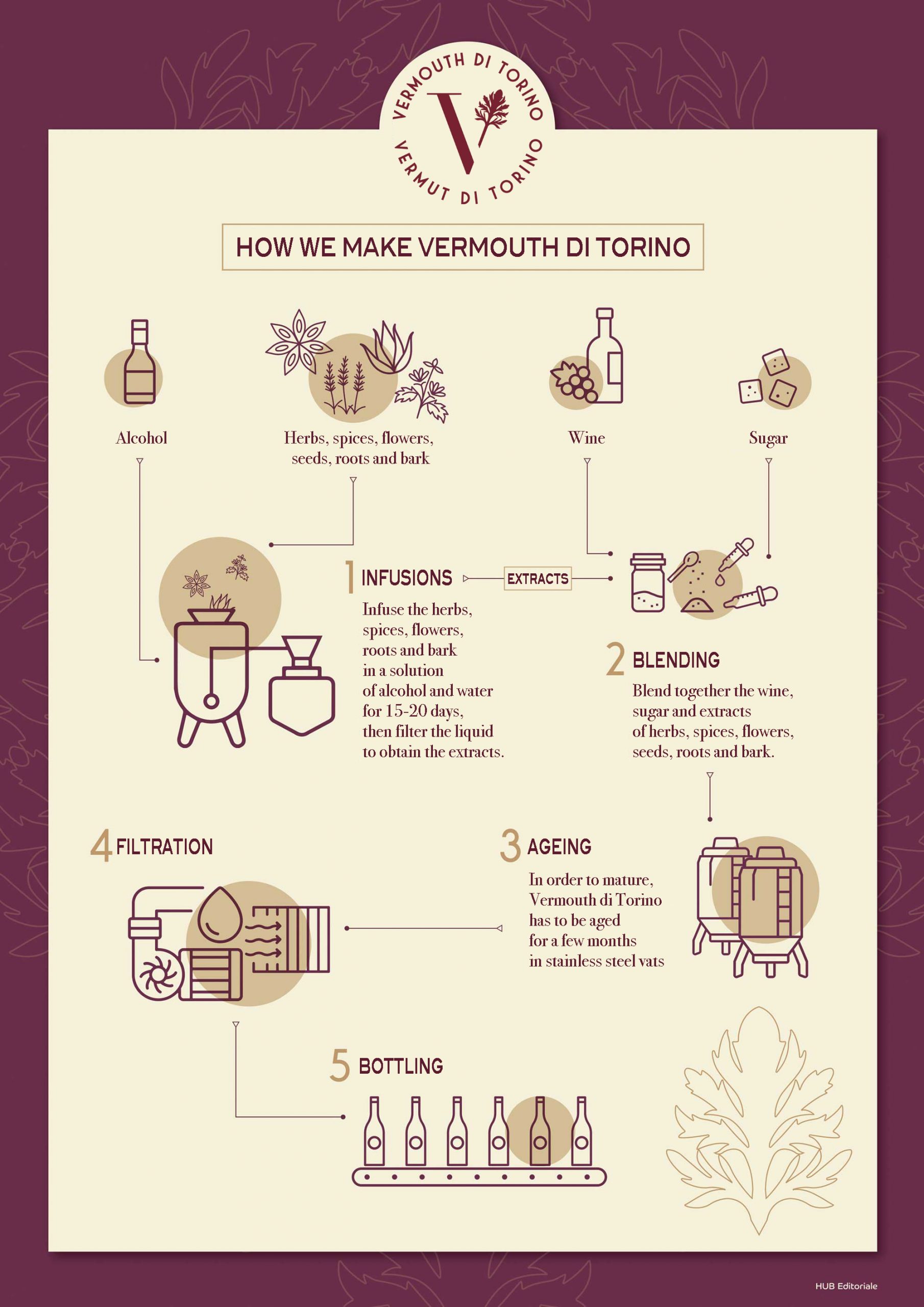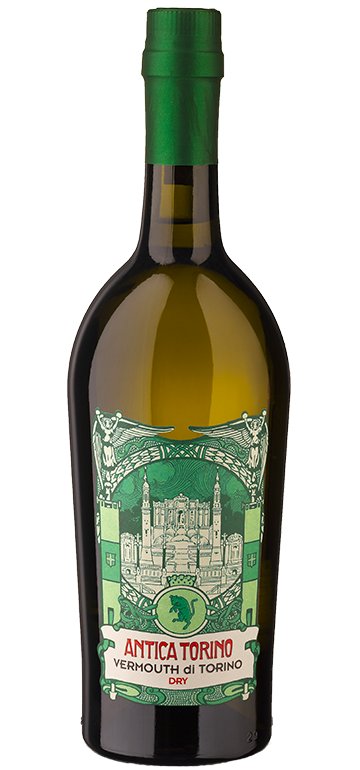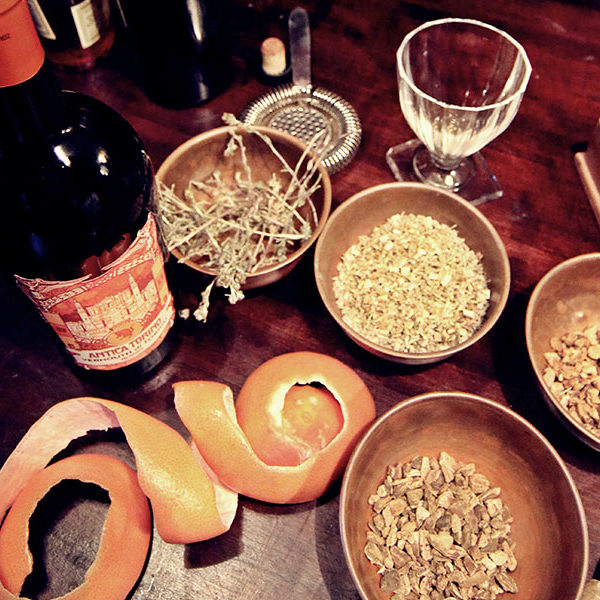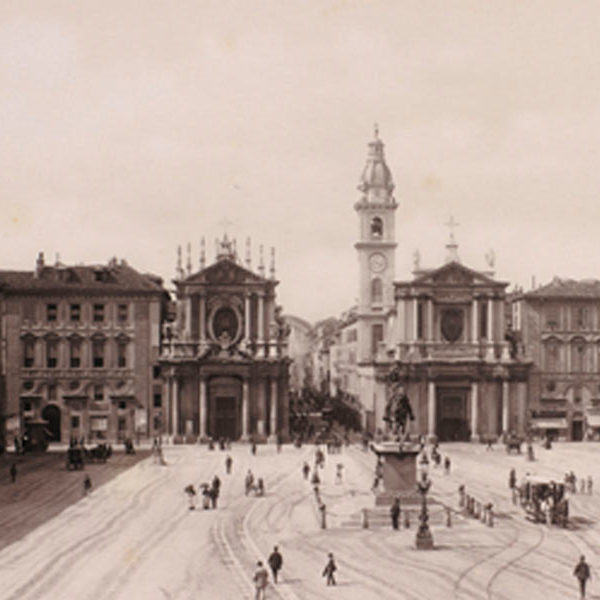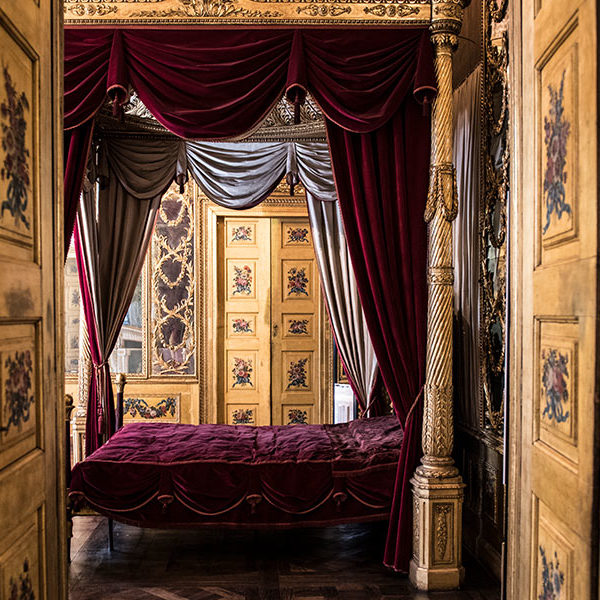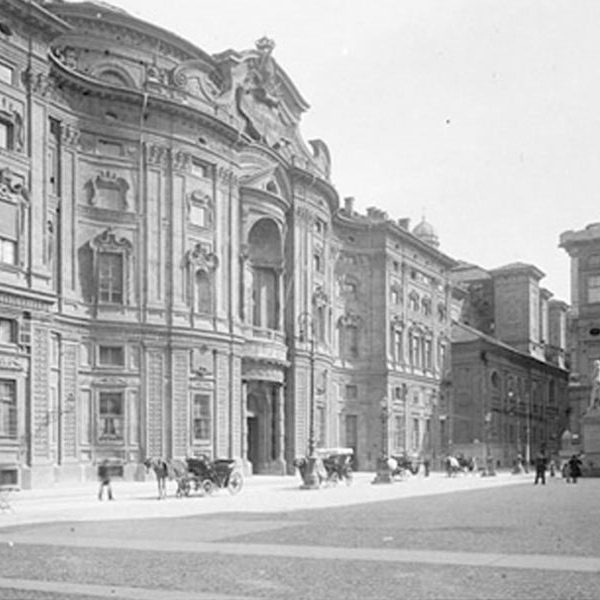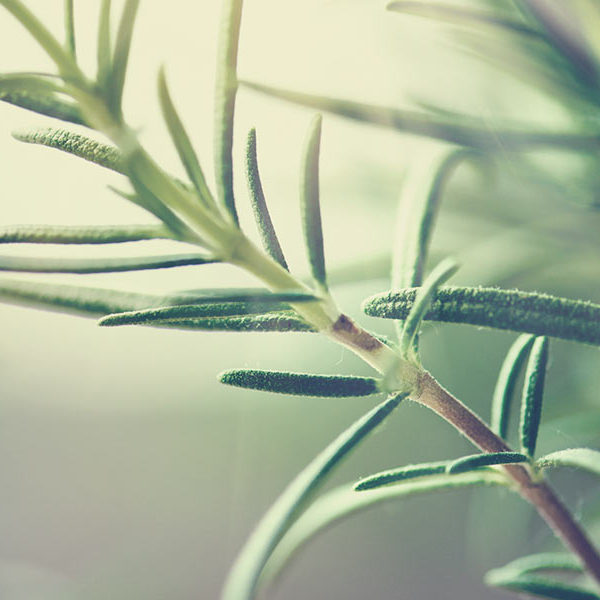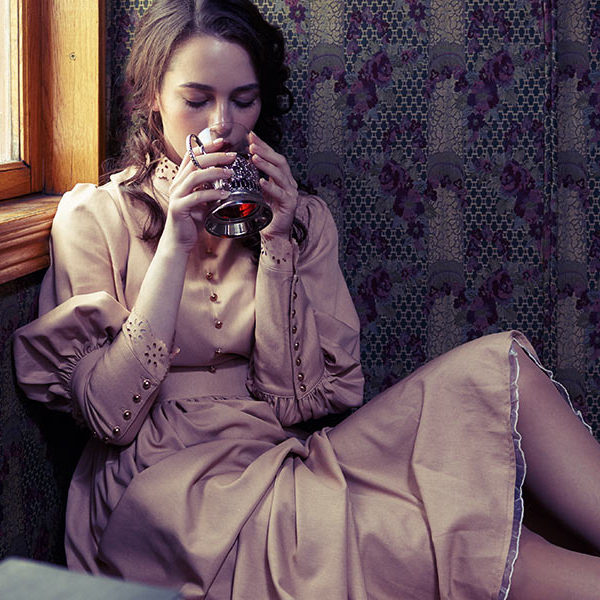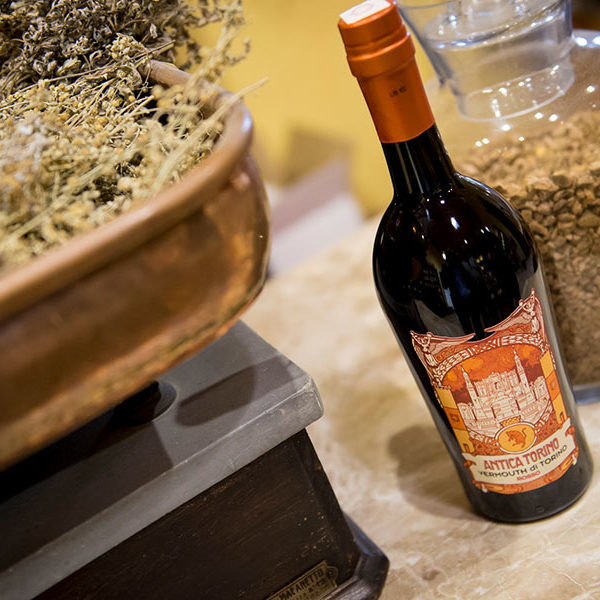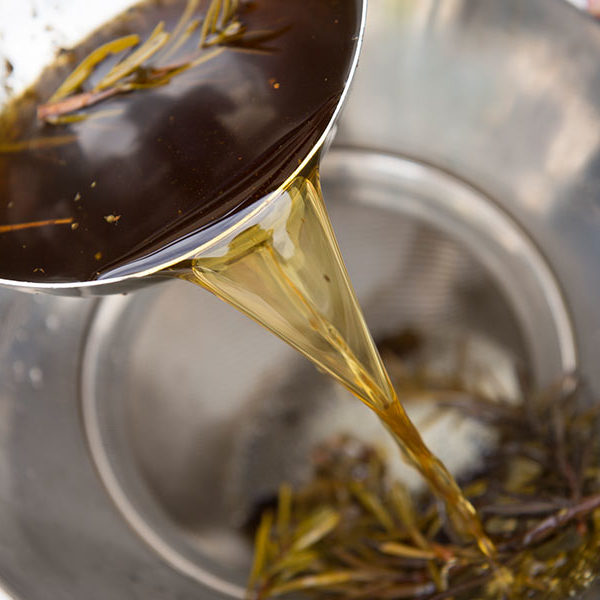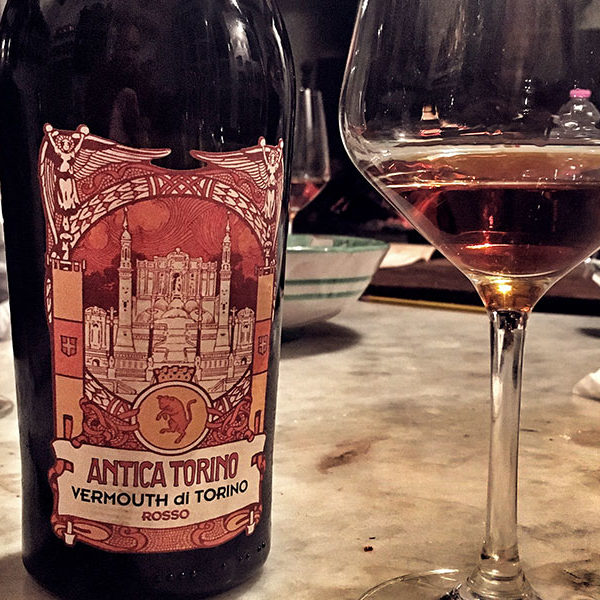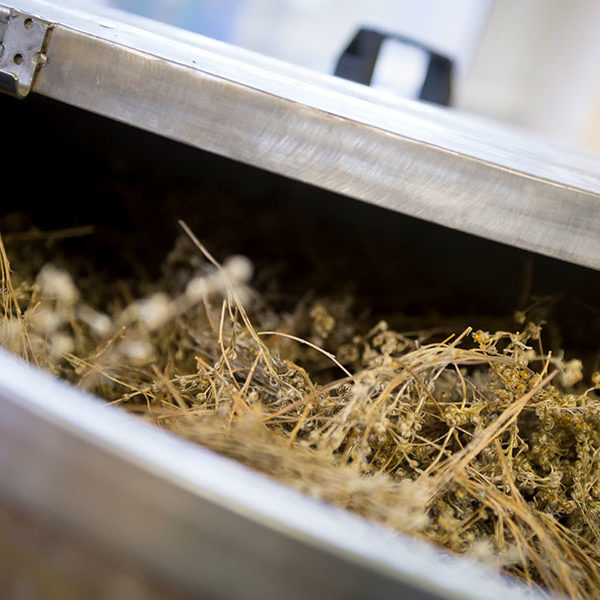
Torino Dry Vermouth
A traditional but innovative recipe
In 2016 Vittorio Zoppi and Filippo Antonelli founded Antica Torino to produce amozatized wines and liqueurs meaningful to the territory of Piedmont.
The last one being the Vermouth di Torino Dry which rediscover the tradition of some old manufacturers in Torino of macerating the ingredients in alcohol, then distilling part of the maceration, to give longevity and elegance to the final product
Our recipe for the Dry Vermouth di Torino goes back to the 50s when the heart of the economy of Turin was beating because of the aromatized wines industry.
Among the ingredients wormwood, muscat yarrow, sage, thistle and hyssop to contribute to an explosion of flowery and herbal notes, with a hint of spices.
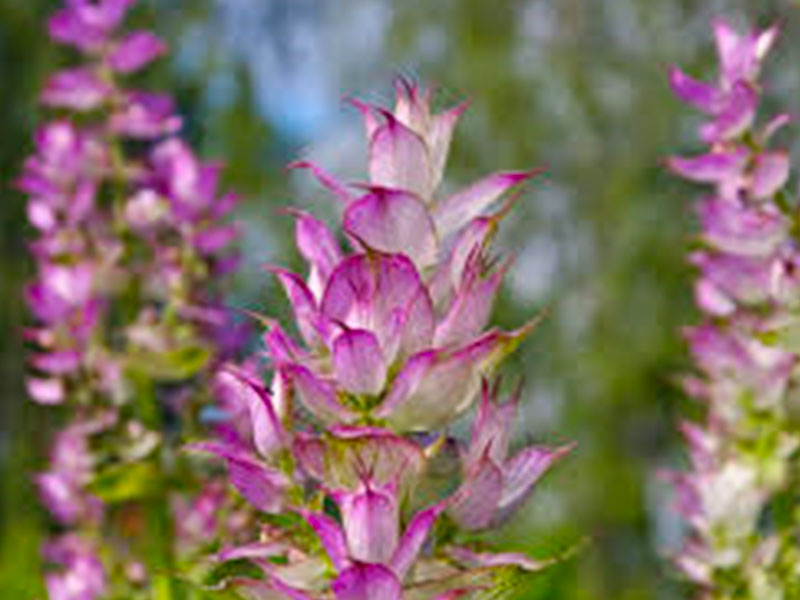

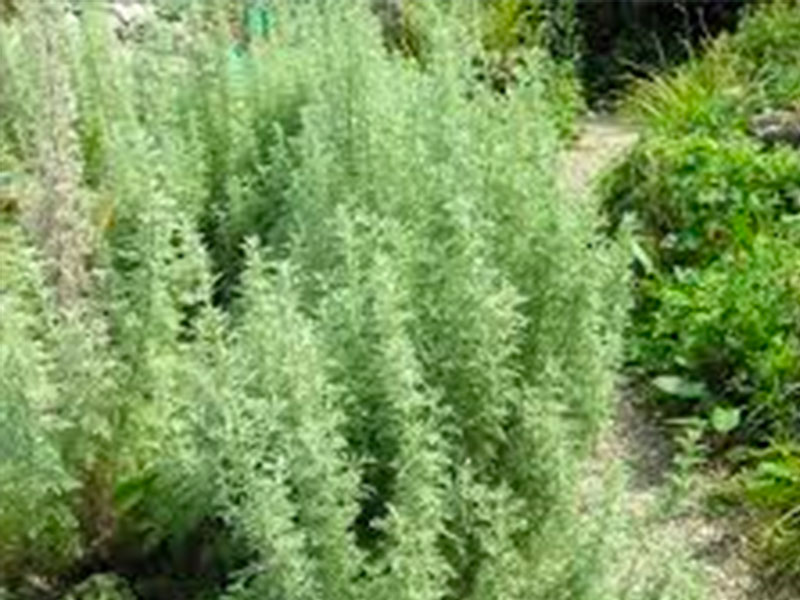
Thanks to its unique recipe, our Dry Vermouth di Torino fills a gap in the market, proposing smells and tastes more similar to the ones of the past century which had been forgotten.
Antica Torino Dry Vermouth
CHARACTERISTICS
Alcohol: 18% AbV.
Sugar: 3,3%.
Ingredients: natural botanicals, white wine cortese doc, alcohol, sugar.
PRODUCTION
Maceration of the herbs in 96° alcohol for roughly 30 days, the base of the spirit is wheat; pressing of the maceration to obtain the tincture (tintura); distillation of part of it, blending, ageing and refinement in stainless steel tanks, filtering and bottling.
USE
Vermouth afecionados won’t mind drinking it straight on the rocks, with an orange zest. The cocktails crowd will like it blended with gin or vodka to create the classic Martini Cocktail, or its twists, the Vodka Martini and the Perfect Martini. The lovers of the american cocktails instead will like to revisit the too often forgotten Old Pal.
DESCRIPTION
Visual description: Light yellow, clear and consistent.
Olfactory description: Intense complex and fine, with spicy, floral, fruity and minerals notes; gently citrusy and nutty.
Taste-olfactory description: dry, soft and warm, persistent with notes of cinnamon, flowers, sage and almonds.
Savoy city and Belle Epoque
The places and stories of a ritual
Turin and vermouth
Historic tastes and flavours
Vermouth originated in 1786 in Turin when, in a patisserie in Piazza Castello, Antonio Carpano invented a “wine for ladies” which was immediately successful also at the court of Vittorio Amedeo III.
And although it was exported to 150 countries, thanks to the railways that linked Turin to the port of Genoa from 1854, it was in Turin that it had its golden age in the 19th and early 20th centuries: this can be seen in the fact that the demand for vanilla-flavoured vermouth – the favourite of Carlo Alberto of Savoy and consequently the one preferred by the whole city – nearly caused a war in the race to procure the precious vanilla pod, which was finally prevented in 1906 when permission was given to use the less prized vanillin in its place.
In the Belle Epoque period (1880-1915) in Turin there was the custom of the “Vermouth Hour”, a social evening ritual, similar to the modern happy hour, in which artists, professionals, politicians and newcomers to society took part.
The “vermuttino” was served with snacks, as we see in old posters, by a waiter who carried flûtes and soda water to the table. In the most chic cafés, a piece of lemon or orange peel was added. Each bar, each liquor store and each patisserie had its own recipe; those in Via Doragrossa (later Via Garibaldi) produced it in their “infernotti” – cool barrel-vaulted cellars 15 metres underground, communicating with the outside through a trapdoor in which the grapes were lowered to make the wine directly on site.
In the Piedmontese countryside the working day concluded with a “merenda sinoira” (a substantial afternoon snack) based on home-made vermouth and typical dishes such as pickled courgettes, “tonno di coniglio” (marinated rabbit) and vitello tonnato; this was the forerunner of the present day “apericena” – appetizers with pre-dinner drinks.
The production method
A fundamental necessity for making Vermouth di Torino is high quality wine: white or red, it must have good structure and acidity in order to blend with the spices and balance the sugar. After selecting a base alcohol, the extracts of aromatic herbs and spices, flowers, seeds, roots and barkare added, following infusion in a solution of alcohol and water for 15-20 days. They are mixed with the sugar and wine and left to rest in maturation tanks. The beverage is then filtered and bottled.
